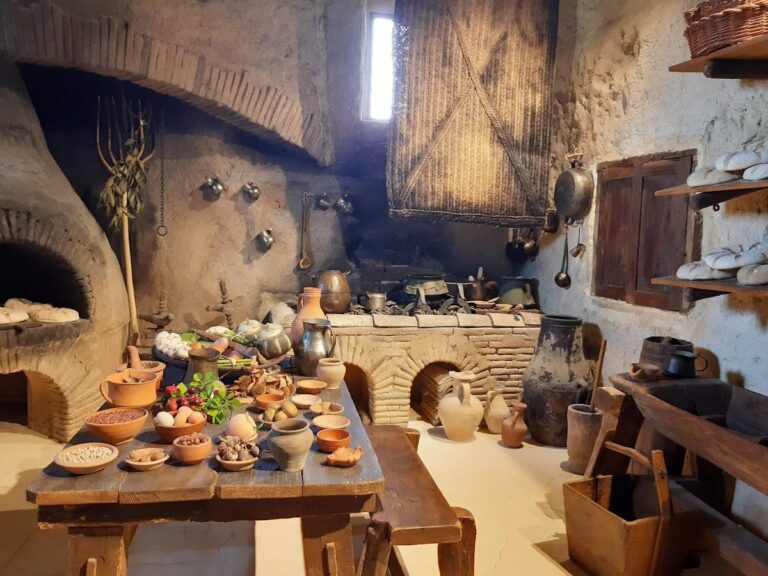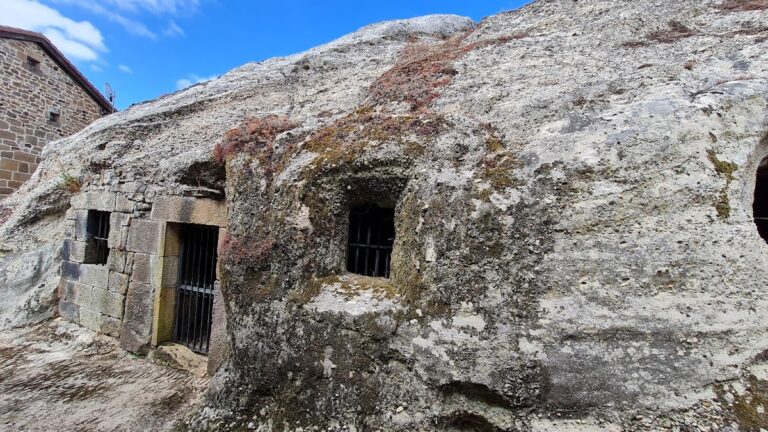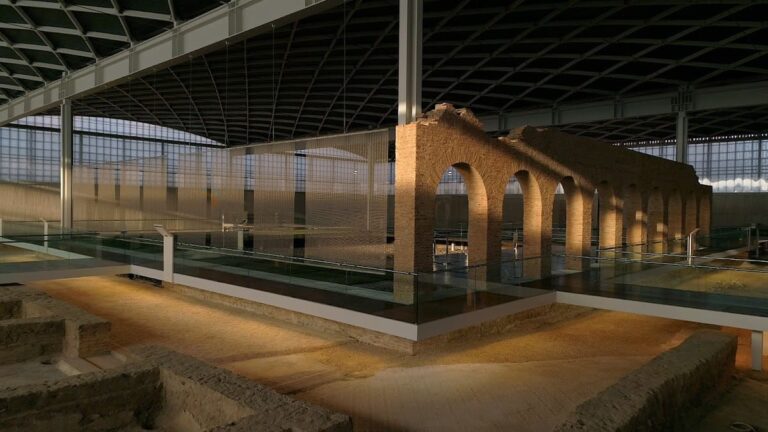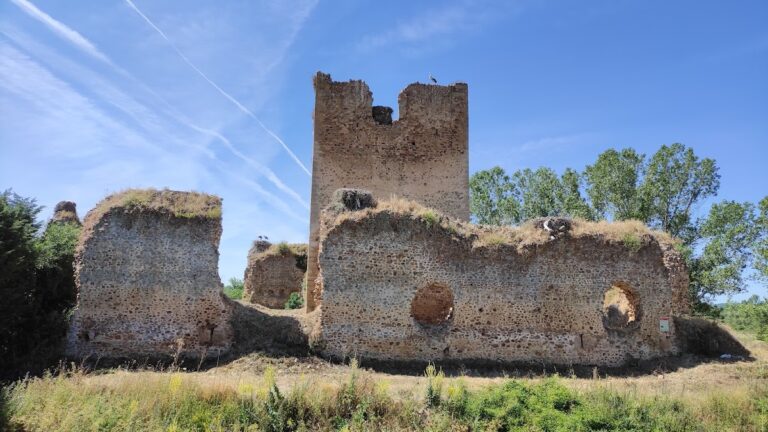San Vicente Hermitage: A Visigothic Rock-Carved Religious Site in Spain
Visitor Information
Google Rating: 4.4
Popularity: Low
Google Maps: View on Google Maps
Official Website: www.cerveradepisuerga.eu
Country: Spain
Civilization: Unclassified
Remains: Military
History
The rock-carved hermitage of San Vicente is located in Cervera de Pisuerga, Spain, and was established by the Visigothic civilization. Its origins date back to the period between the 8th and 9th centuries, a time when the Visigoths held influence in the region.
During this era, the site functioned as part of a small monastic community centered around religious devotion and worship. The hermitage served as a secluded place for contemplation, prayer, and possibly monastic living. Alongside the hermitage, an adjacent necropolis was carved into the rock, featuring tombs shaped in the form of human figures. This combination highlights the spiritual significance of the location, integrating both sacred worship and burial practices.
The hermitage remained in use for many centuries, continuing to serve religious purposes until it was ultimately abandoned in the 19th century. Over time, the wider monastic complex around the site disappeared, leaving the rock-cut features as the primary remnants of its historical presence.
Remains
The rock-carved hermitage of San Vicente consists of a modest, cave-like space hewn directly into the stone. This form of construction, typical of rock-cut religious sites, allowed early monastic inhabitants to create a protected and contemplative environment within the natural landscape.
Surrounding the hermitage is a necropolis formed by anthropomorphic tombs also excavated in the same rock. These tombs are shaped to resemble human figures and were part of the funerary area affiliated with the religious complex. Their proximity and shared rock-cut technique suggest a close relationship between the places of worship and burial within the site.
Today, the preserved remains are limited to these rock-cut elements. While the rest of the monastic structures that once composed the complex have vanished over time, the hermitage and its associated tombs remain in situ, offering tangible evidence of the site’s dual religious and funerary role during its centuries of use.










